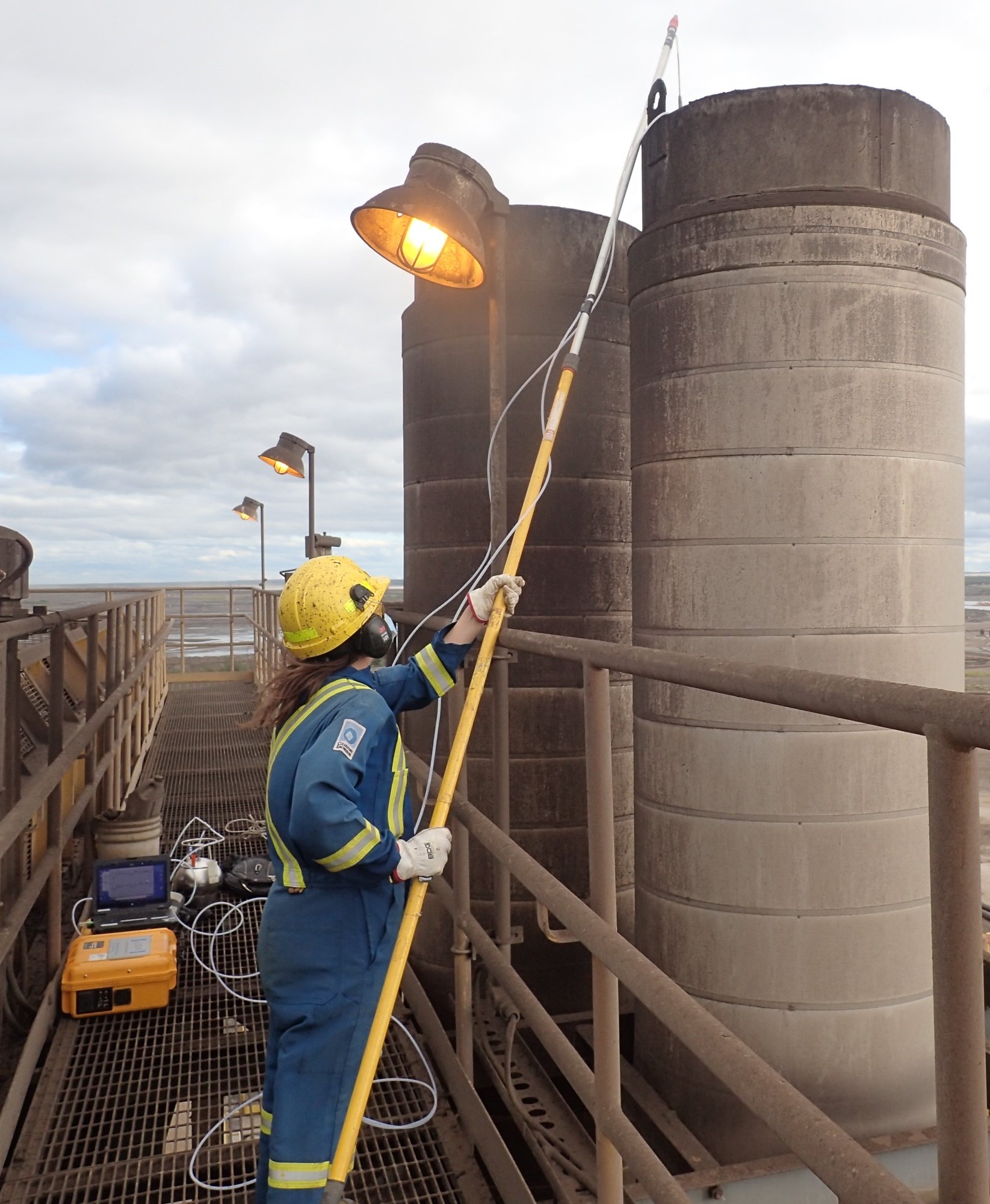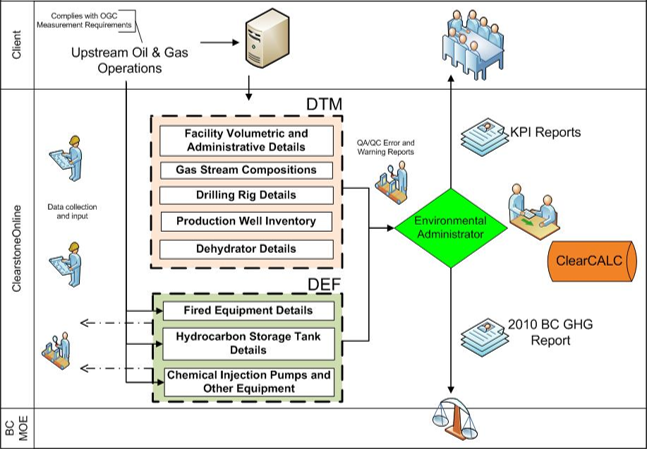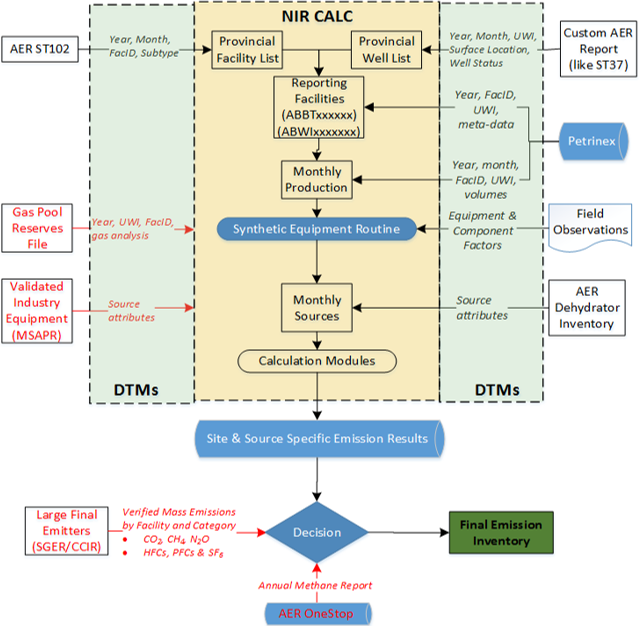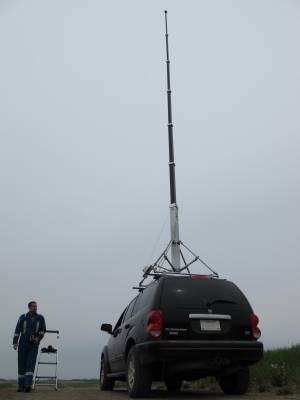Air Emission Assessments

Clearstone offers a broad selection of services to sample, measure, estimate and simulate emissions from process, fugitive, and natural emission sources. We perform root-cause analyses to determine the key sources of off-site air quality problems, compare emissions to available benchmarks and performance standards, and delineate the different practicable control solutions available.
Our experience includes the development of emission factors and methodology manuals for government and industry, delineation of odours, determination of baseline emissions, emission forecasting and backcasting, and emission reporting.
Our key air emission assessment services are laid out below.
Emission Estimates and Inventories
Clearstone has all the tools necessary to develop accurate emission inventories:


We have developed facility, corporate, regional and national emission inventories for greenhouse gases, ozone-depleting compounds, acid forming emissions, and air toxics.
This has included the evaluation of emissions for sources as diverse as:
Measurement and Characterization Studies
Clearstone provides specialized measurement programs to assess trace air toxics and odorous emissions from a variety of industrial facilities and sources (e.g., reduced sulphur compounds [RSCs] and BTEX emissions from petroleum facilities; fugitive emissions of VOCs and RSCs at oil sands mining, extraction and upgrading facilities; aerosol emissions from heavy oil production tanks, and fugitive dioxin and furan emissions from an integrated hazardous waste treatment, handling and disposal facility).
The specific measurement techniques we offer include the following:




Compliance Auditing and Reporting
Clearstone offers emission auditing and reporting services, and has been actively involved in the development of many of the related national and international standards for the oil and gas industry.
This has included:
Emission Source Modeling
Clearstone maintains current emission-source modeling tools from US EPA, GTI and API in addition to an extensive array of software tools developed in house.
These applications are used to rigorously model:
